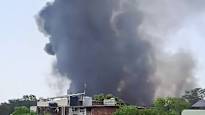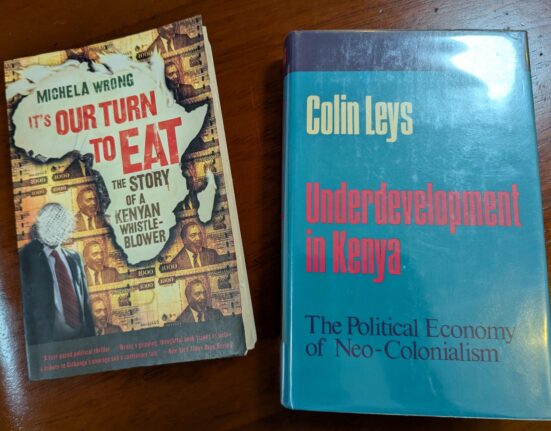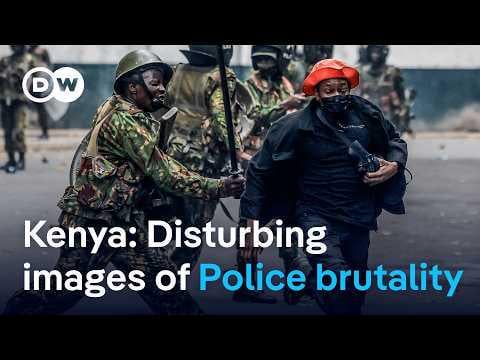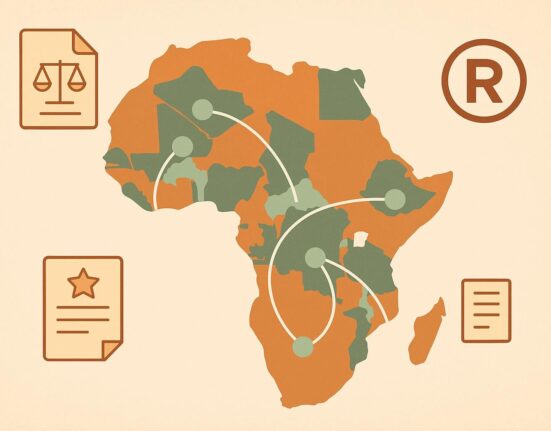It was a day that started like any other at Ahmedabad Airport in India, with travelers bustling about, preparing to board Air Indian Flight AI171 bound for London Gatwick. Little did they know that this routine flight would turn into a nightmare, marking a dark day in aviation history. As the Boeing 787-8 Dreamliner took off, hopes and dreams soared with it, only to come crashing down just minutes later.
The deafening roar of the engines was abruptly replaced by screams of terror as the aircraft plummeted to the ground, a trail of smoke and destruction in its wake. The once bustling terminal fell silent, overcome by the shock and horror of the unfolding tragedy. In the aftermath of the crash, the grim reality began to set in – 242 souls onboard, their fates now uncertain.
The scene was one of chaos and devastation as rescue teams scrambled to the crash site, their hearts heavy with the knowledge that many lives had been lost.
As the dust settled and the extent of the tragedy became clear, the world stood in solidarity with the victims and their families. The loss of lives, the shattered dreams, and the unanswered questions hung heavy in the air, a stark reminder of the fragility of human life.
Boeing, a name synonymous with aviation excellence, found itself at the center of a storm as questions swirled about the safety of its aircraft.
Aviation experts weighed in, offering insights into the possible causes of the crash and raising concerns about the implications for the industry as a whole. The ripple effects of such a catastrophic event were felt far and wide, sending shockwaves through the aviation community and beyond.
“This tragic incident serves as a stark reminder of the critical importance of safety protocols and rigorous maintenance standards in the aviation industry,” commented a seasoned aviation analyst.
As the world mourned the lives lost in the crash, leaders and officials expressed their condolences and vowed to investigate the incident thoroughly. The grief-stricken faces of those gathered at the crash site painted a poignant picture of loss and heartache, a stark contrast to the hustle and bustle of the airport just hours before.
“Our thoughts and prayers are with the victims and their families during this difficult time,” said Indian Prime Minister Narendra Modi, his voice heavy with emotion.
In the days that followed, the investigation into the crash would unfold, shedding light on the events leading up to that fateful moment. Each piece of evidence, each testimony would be scrutinized in a quest for answers, for closure, for justice.
As the world grappled with the aftermath of the tragedy, one thing was certain – the scars left by the crash would run deep, a painful reminder of the fragility of life and the resilience of the human spirit.
In the corridors of power and the hearts of the grieving, the memory of those lost in the crash would endure, a solemn tribute to their lives and their legacy. And as the world came to terms with the harsh reality of the crash, one thing became clear – the healing would take time, but the spirit of those lost would live on, a beacon of hope in the midst of darkness.









Leave feedback about this